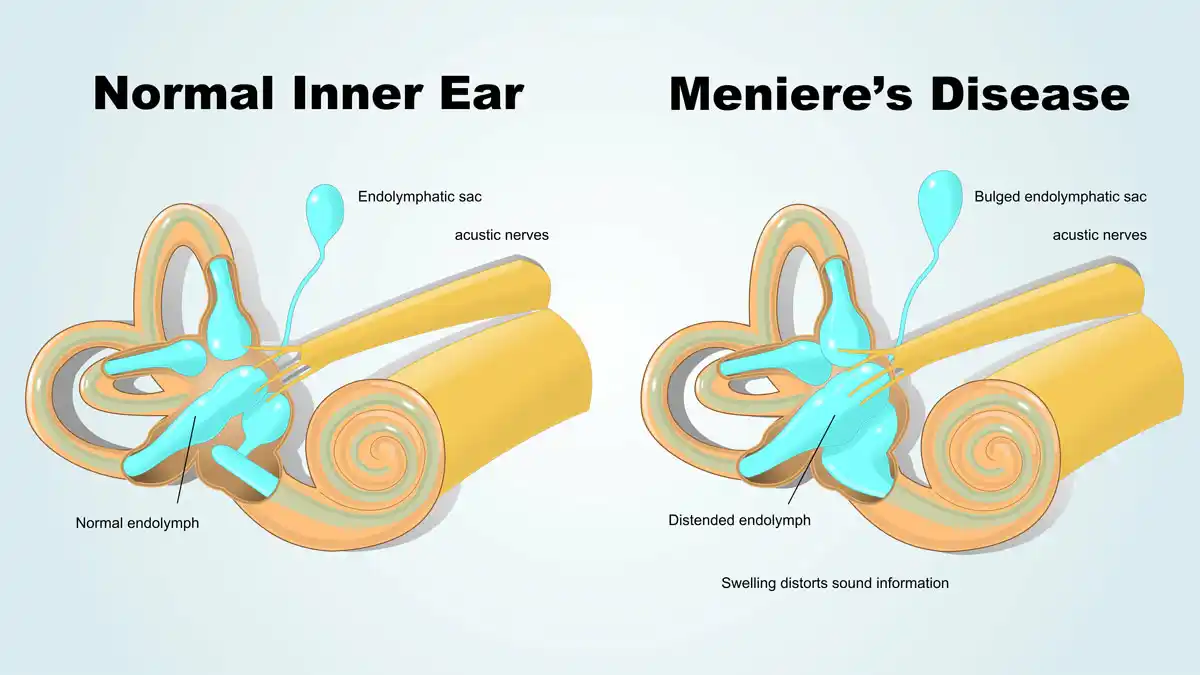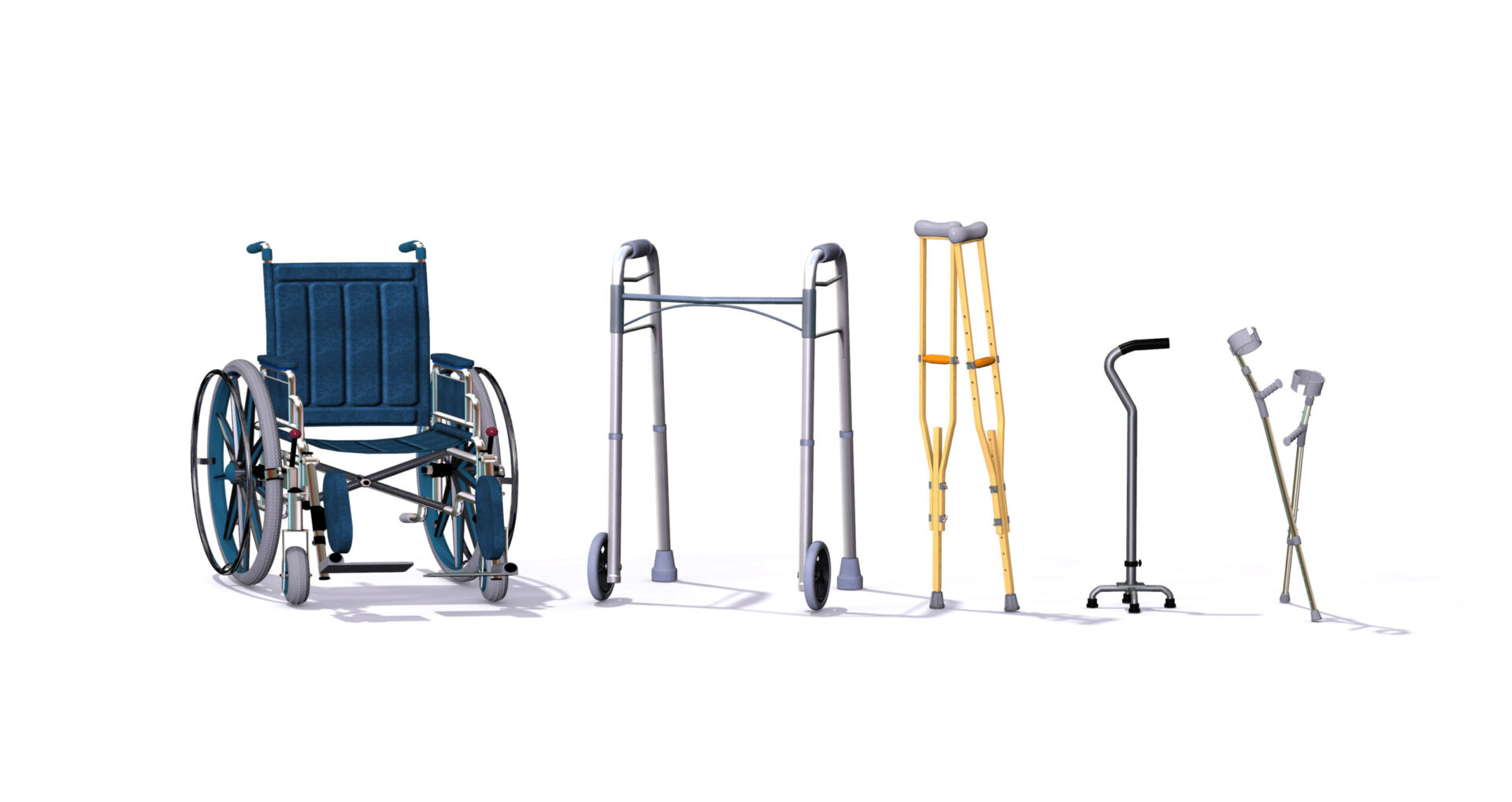Vestibular Rehabilitation Therapy is the process of improving your imbalance, dizziness, vertigo, and other vestibular symptoms through exercise. To read more about the process of Vestibular Rehabilitation Therapy and how it works, click here.
How to Test Your Vestibular System
Your vestibular system can be tested in multiple ways, but there are a few tests and measures that I use most frequently in the clinic. These are the four most common tests that I find make people mildly symptomatic, and provide solid objective measurers that I can treat through Vestibular Rehabilitation Therapy.
The first measure I use is the Dizziness Handicap Inventory. This is a standardized scale that consists of 24 questions regarding your functional, physical, and emotional limitations surrounding dizziness and vertigo. It provides me as a Vestibular Physical Therapist an objective way to measure and track patient progress.
Next, I screen all of my patients’ ocular motor skills. I test visual tracking, visual range of motion, end range nystagmus, convergence, saccades, and for spontaneous nystagmus with and without fixation.
The Vestibular Function testing comes last in this order, as I need to be sure I check for central dysfunction before peripheral vestibular dysfunction. The next tests can check laterality of a vestibular lesion in some situation, gaze instability and use of Vestibulo-ocoular reflex, and your ability to cancel our your Vestibulo-ocular reflex.
1: Head Thrust Test (Head Impulse Test): this test can tell laterality of a vestibular lesion, usually after a Vestibular Neuritis, if the loss is 40% or more on one side. Ask the patient to stare at your nose, and quickly move your patient’s head left and right. If their gaze slips off their nose and you see a catch up saccade, that is the side of the vestibular lesion.
2: Dynamic Visual Acuity (DVA) Test: this test screens for gaze instability. You should start by reading an eye chart, the lowest line you can read comfortably. Next, your Vestibular Physical Therapist will shake your head right and left at 240 BPM in approximately a 60 degree motion. While your head is moving, you should read the chart again. This is scored by the number of lines between your static and dynamic head positions. A difference of three or more is clinically significant for gaze instability.
3: Vestibulo-ocular Cancellation (VORcX): this is a test for visual motion sensitivity via the cerebellum’s ability to inhibit the Vestibulo-ocular reflex. Standing, clasp your hands in front of you and place your thumbs up and together. Stare at your thumbs and swing your whole body and hands right and left, keeping your eyes on your thumbs the whole time. Repeat 10 times .While you are performing this motion, your PT should watch your eyes for saccadic eye movement, which indicates a positive test. Additionally, a positive test is if this makes you symptomatic.
4: Dix-Hallpike & Horizontal Roll Testing: these tests are for Posterior and Horizontal Canal BPPV. I only test for BPPV when my patients have a subjective history of rotary vertigo with position changes, or have other risk factors that make me curious. Because it’s easy to treat, and a quick test, I find it is usually worth my time to test most patients.
Best Vestibular Rehabilitation Therapy Exercises
The best Vestibular Rehabilitation Exercises will make you slightly dizzy, but not so dizzy that you feel faint, dizzy, or ill the rest of the day. Your symptoms should last a few seconds to minutes, and you should then be able to bring those symptoms back down to your baseline level.
Prescribing exercises for Vestibular Rehabilitation Therapy completely depends on what makes you dizzy. Your Vestibular Physical Therapist should perform a few objective measures, and also consider the subjective actions that make you dizzy.
Positive DVA Testing tells me as the clinician that you should begin VORx1 exercises (Vestibulo-ocular Reflex Times One). This will help with gaze stability. Other cues you may need VORx1 are: you have difficulty keeping your eyes focused in one place, you have the sensation that things “bounce” when you’re walking, or that you feel like you have a “lag” when you move your head.
- Stare at the pineapple in the center of the chart, and shake your head horizontally (the “no” direction) in a quick, small movement
- Perform this movement for 15 seconds as quickly as you can without allowing the pineapple to go out of focus or jump around.
- Stop, let your symptoms dissipate. Before repeating, your symptoms should return to your baseline (the level of dizziness you had prior to beginning this exercise).
- Repeat 3 times, resting completely back to baseline in between each set.
A positive VOR Cancellation Test means you should practice VOR Cancellation (VORcX) and/or being other visually stimulating environments. You can do this by performing VORcX as an exercise until you’re symptomatic and then performing grounding in between sets, or to simulate a stimulating environment you can walk into a busy environment, or watch something on a screen.
VOR Cancellation Instructions:
- Standing, clasp your hands in front of you and place your thumbs up and together.
- Stare at your thumbs and swing your whole body and hands right and left, keeping your eyes on your thumbs the whole time.
- Repeat until you are mildly-moderately symptomatic.
The Importance of Your Baseline
In between each repetition of a vestibular exercise, you need to return back to your baseline.
When your brain is already dizzy, and you’re performing an exercise to make yourself (briefly) dizzier, your fight or flight system is stimulated. We need to remind your brain that you are in a safe environment, that you can feel relaxed and calm in the face of dizziness. Because our brains are ‘plastic’, meaning we can teach ourselves anything, we can teach our brains to be stronger against dizzying stimuli.
Grounding is the answer to this in many ways. Grounding is the act is the act of feeling your stillness. Feeling your feel on the floor, your back in the chair, your arms on the armrests, and so on. Then, sit and breathe slowly, completely, and deeply. Be mindful of your surrounding and your stillness. This is a practice that can be meditative.
Return back down to your baseline dizziness level between each repetition. This is actually the most important part of vestibular exercises. Before restarting your exercises you should be absolutely sure that you’re feeling back to where you started!
Here’s a good rule of thumb for Vestibular Rehabilitation Therapy: no more than 5/10 symptoms over baseline, and for no more than 5 minutes at a time.
How to Dose Vestibular Exercises
Vestibular Exercises should be scaled, graded, and dosed based on your exact needs. Your Vestibular Physical Therapist should perform a test or provocative movement, and then see if you become symptomatic.
If you are symptomatic, stop, perform grounding, and then begin again when you’re feeling ready.
For VORx1 Exercises, I typically ask my patients to perform them 3 times a day for 15 seconds at a time. These can be all back to back 15s, grounding, 15s, grounding, 15s. Or, you can do one set each at breakfast, lunch, and dinner.
This is a good rule of thumb however no everyone can tolerate 15s, so if that is the case, I find a number my patient can tolerate and work up from there.
The same thing goes for all vestibular exercises. Find a level of movement that is difficult but tolerable, perform grounding, and then begin again.






